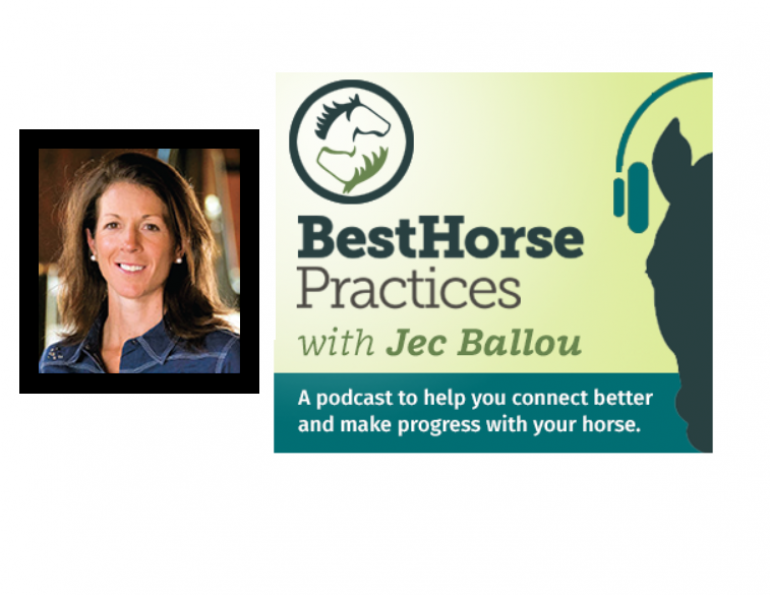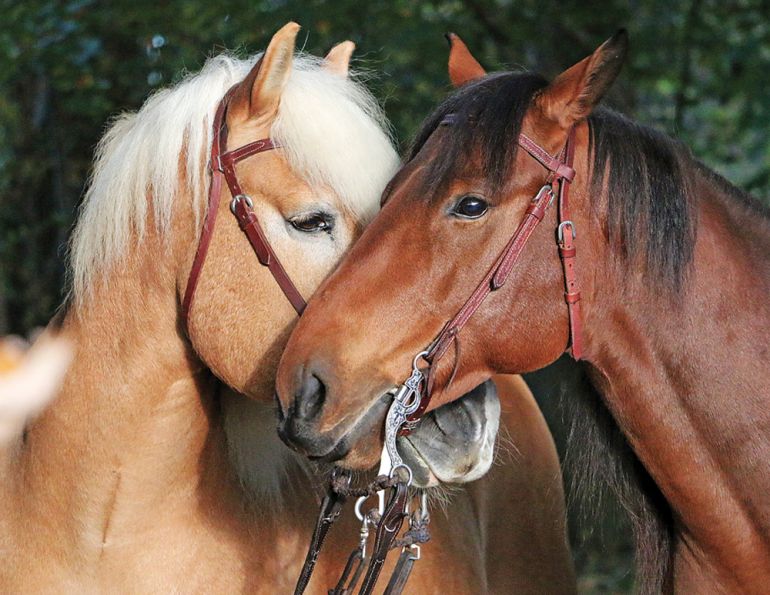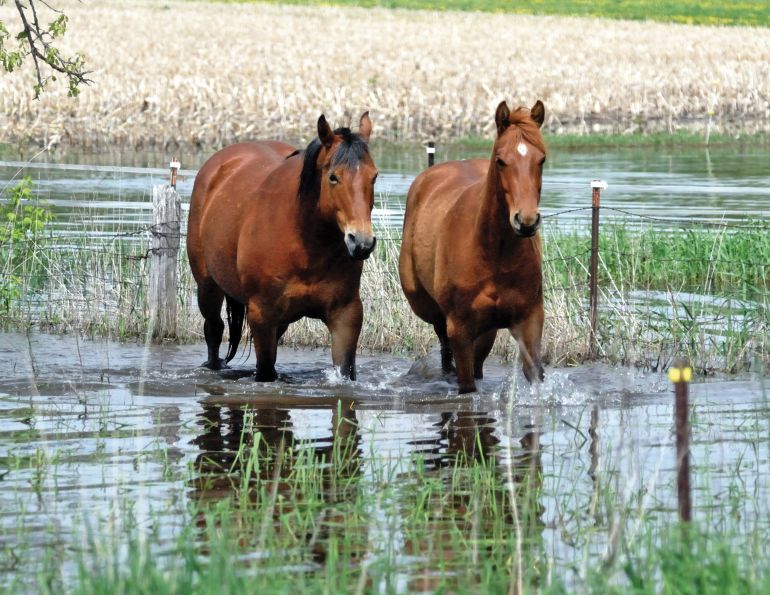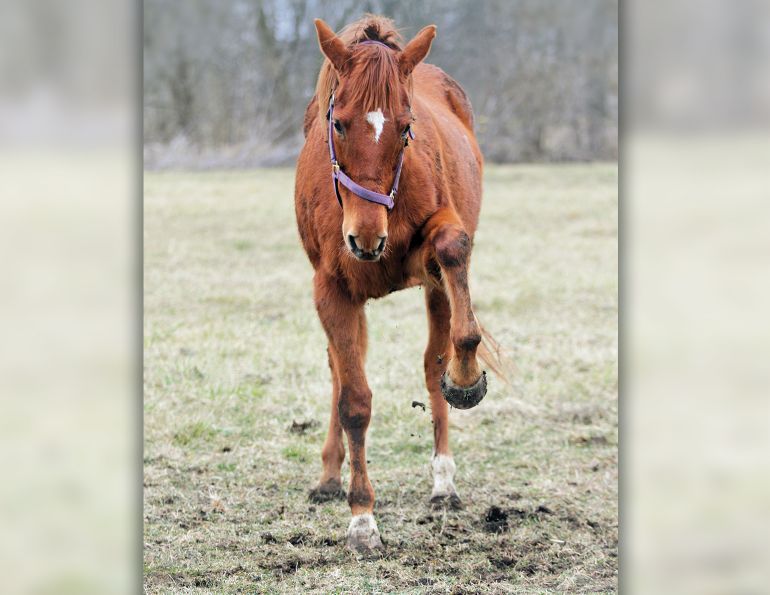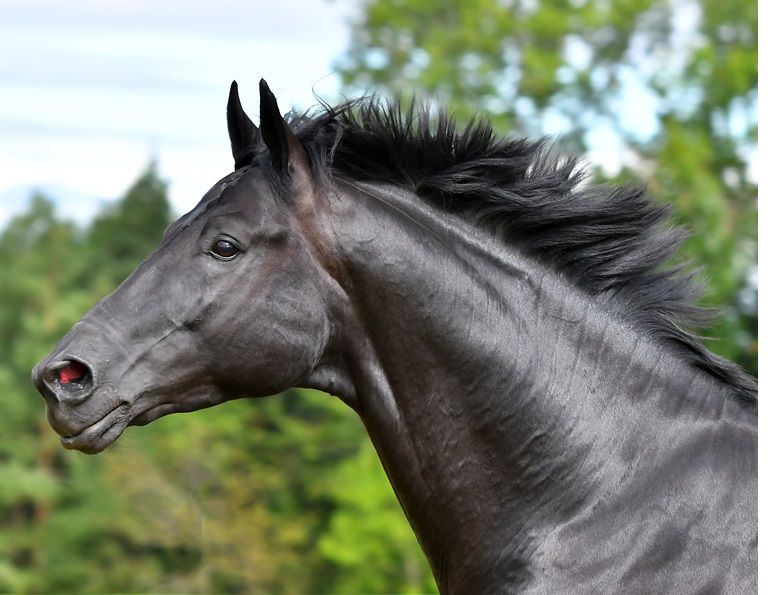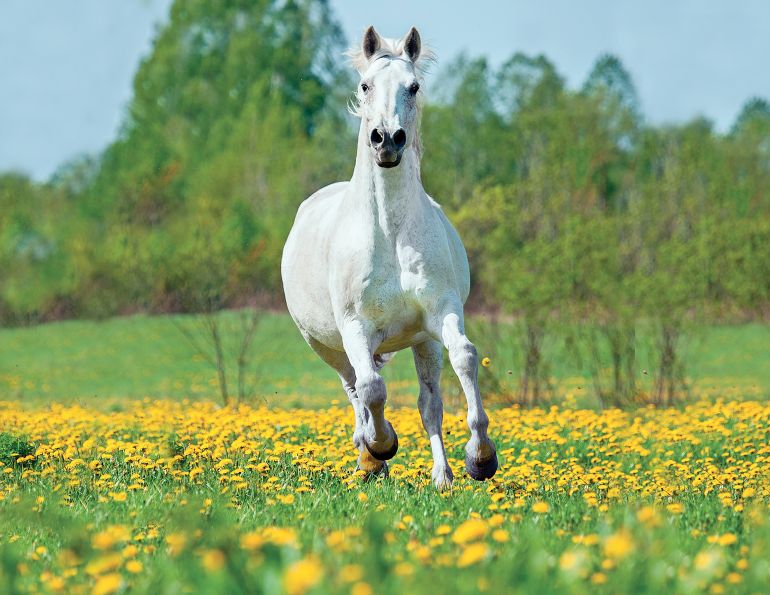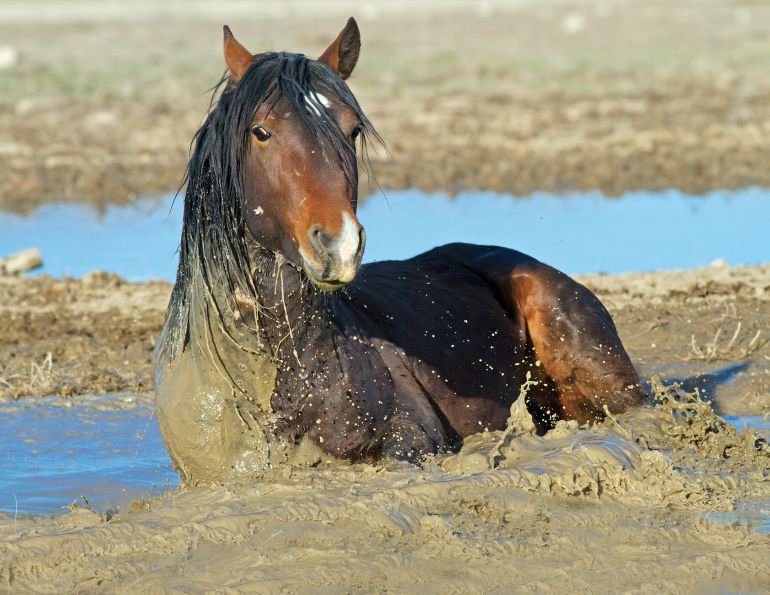When there are high volumes of rainfall, many horse owners may begin to see the presence of rain rot on their horses. Rain rot is a skin disease that can be frustrating to deal with, but with the right care can often be easily treated.
Rain rot is a common condition during rainy seasons and horse owners should understand how rain may impact the health of their horses. While typically easily treated, rain rot should be addressed immediately to prevent worsening or spread.
Rain rot, also called rain scald or dermatophilosis, is a skin infection caused by a bacterium known as Dermatophilus congolensis. Living on the horse’s skin, D. congolensis is mostly dormant, but under wet conditions, this bacterium can cause an inflammatory infection resulting in lesions on the horse’s skin. These lesions cause small patches of raised bumps, which are scabs containing clusters of the horse’s hair. Removal of these scabs results in bald patches along the affected area. In severe cases, lesions and scabs may become large and affect multiple layers of skin. When this occurs, the horse may need time off from riding until the infection clears.
While most often found on the horse’s topline, rain rot can be found on numerous other areas of the horse’s body, including the rump, face, and legs. Therefore, it is important that regular, thorough full-body examinations occur. Hands-on palpation may be needed when examining for rain rot, particularly during winter months, as increased coat length makes visual assessment difficult. Unlike many other skin conditions, areas with rain rot do not typically itch, but can be painful and cause the horse to become sensitive to touch.
Related: Scratching the Surface of Equine Skin Diseases
All horses can be affected by this condition; however, links with horse’s coat colours and immune status leading to a higher incidence of rain rot have been identified. Particularly, horses with lighter coat colours as well as horses with compromised or poorly-developed immune systems (such as young or older horses) have been found to be at higher risk. Specific environmental factors have also been identified. Rain rot most often occurs when the skin has been compromised in some way. Compromise occurs during times of high humidity, prolonged rainfall, or increased exposure to biting insects. Horse owners should take steps to limit impact when these environmental conditions are present.
Prevention
Practicing good horse hygiene habits, such as regular bathing and grooming, is one of the best ways to prevent rain rot from occurring. Likewise, reducing exposure to environmental factors known to increase incidence may help prevent this condition. If you know there will be heavy rainfall in your area, keeping the horse in a barn or under shelter can help reduce risk. Also, limiting access to muddy areas and trying to reduce the overall presence of mud may be helpful as the bacteria in mud caked on the horse could compromise the skin. If you are seeing high biting insect populations, implement management practices based on fly species. Some of these practices include setting up traps, increasing farm sanitation, introducing parasitoid wasps, and spraying the horse with a pyrethroid-based insecticide.
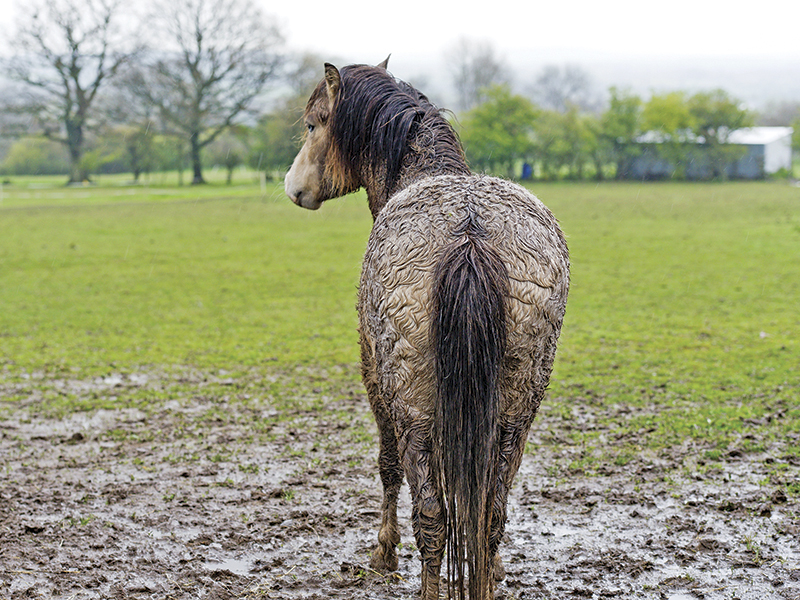
If the horse’s skin remains wet or damp for extended periods of time, the skin can become compromised and the typically dormant bacteria that live on the skin can cause an inflammatory infection resulting in lesions. Horses with lighter coat colours and weaker immune systems are at greater risk of rain rot. Photo: iStock/Dageldog
Related: Wet Weather Horse Care
Treatment
If the horse has a minor case of rain rot, it will usually heal with a little bit of extra attention and care. Giving the horse a bath with an antimicrobial soap can help remove the scabs and disrupt the bacteria in the affected area. Additionally, currying and brushing the horse’s coat can promote healing and prevent the spread or worsening of the area. As you work to remove scabs, the affected area may become tender to the touch, so be cautious with removal. Softening the scabs first makes removal easier and more comfortable for your horse. There are also topical antimicrobial products you may want to include in your treatment routine if you find it necessary.
Keep your horse dry and reduce exposure to known environmental factors during treatment. Try to keep horses with rain rot separated from others while treatment is occurring to prevent spread amongst horses. Similarly, disinfect and replace contaminated grooming tools and other equipment as needed to prevent spread.
In severe cases, your horse may need antibiotic injections given by a veterinarian. Skin biopsies may need to be conducted to identify if the cause of the infection and ensure it is rain rot. Seeking the advice of a veterinarian is always recommended when determining cause and making treatment plans.
The Penn State Extension Equine Team is a group of equine educators providing research-based information on equine health, nutrition, and pasture/environmental management. Serving the state of Pennsylvania, the team offers educational material to horse owners through publications, workshops, online courses, webinars, and consults.
For more information about the team and current educational offerings, click here. Be sure to follow the team on Facebook.
Main Photo: Neglected or malnourished horses are more susceptible to the infection, which causes lesions with patches of raised bumps or scabs. Removal of the scabs results in bald patches over the affected area. Treatment for the infection should begin immediately, and changes should be made to the horse’s environment and management to prevent recurrence. Credit: AdobeStock/Terri Cage





